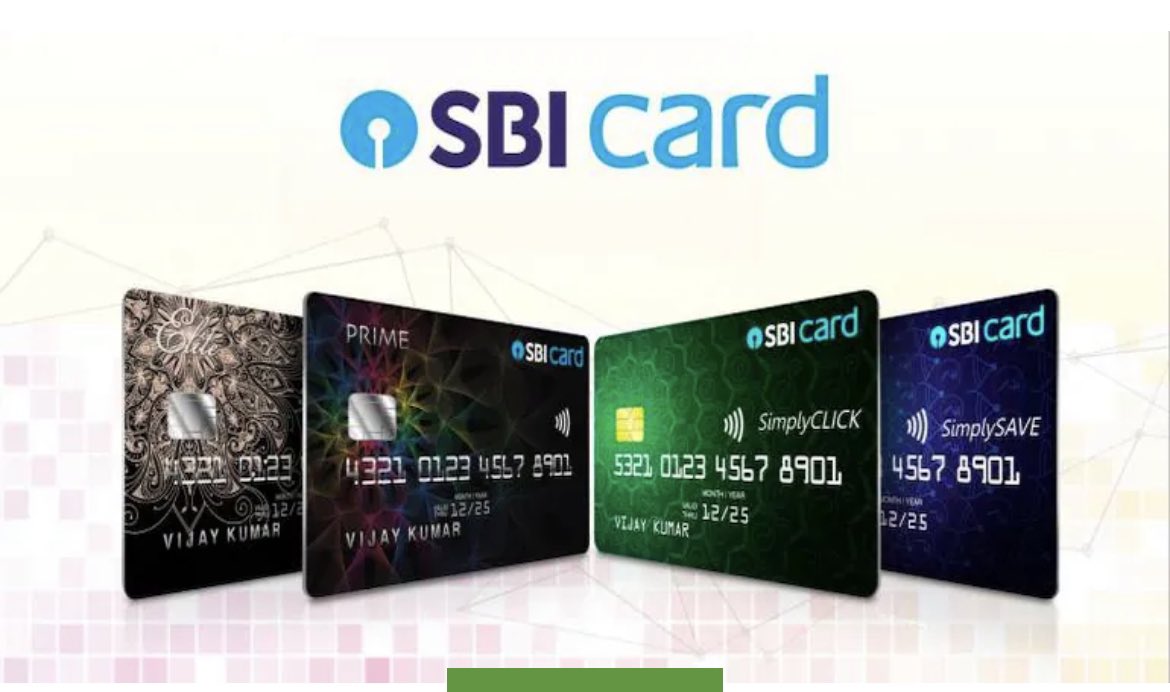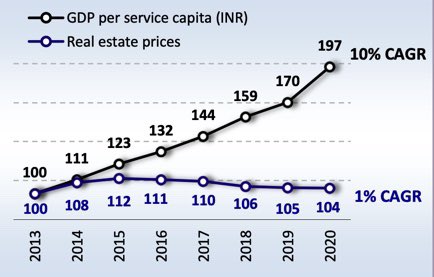
SBI Cards: Better days ahead?
Here’s our analysis of the company, it’s opportunities, key risks and more!
A thread below🧵🧵🧵👇🏻
#investing #analysis
Here’s our analysis of the company, it’s opportunities, key risks and more!
A thread below🧵🧵🧵👇🏻
#investing #analysis

(1/15)
Q3 Important Numbers:
1) Retail spends in Q3 rose 37%, from ₹311bn a year ago, to ₹424bn.
2) Corporate spends grew from ₹67bn to ₹130bn.
3) The market share in terms of cards-in-force was 19.2% at the end of the december, in terms of spends, it was 19%.
Q3 Important Numbers:
1) Retail spends in Q3 rose 37%, from ₹311bn a year ago, to ₹424bn.
2) Corporate spends grew from ₹67bn to ₹130bn.
3) The market share in terms of cards-in-force was 19.2% at the end of the december, in terms of spends, it was 19%.

(2/15
4) The company issued ~1m cards in Q3 FY22
5) GNPA was 2.4% in Q3 FY22 (3.4% in Q2). NNPA was 0.83% (0.91% in Q2)
6) Net profit grew 84% yoy to ₹3.9bn. The liquidity position continued strong during Q3 & the capital-adequacy ratio was 24.2% (the regulatory min of 15%
4) The company issued ~1m cards in Q3 FY22
5) GNPA was 2.4% in Q3 FY22 (3.4% in Q2). NNPA was 0.83% (0.91% in Q2)
6) Net profit grew 84% yoy to ₹3.9bn. The liquidity position continued strong during Q3 & the capital-adequacy ratio was 24.2% (the regulatory min of 15%

(3/15)
7) Cost to income was 60% during Q3 FY22, higher than usual due to market campaigns, cashback given during the festival season & the high business-related investments in terms of new-accounts sourcing. etc.
8) Spend-based fees as % of total spends have come down
7) Cost to income was 60% during Q3 FY22, higher than usual due to market campaigns, cashback given during the festival season & the high business-related investments in terms of new-accounts sourcing. etc.
8) Spend-based fees as % of total spends have come down

(4/15)
SBI Cards’ Strengths:
1) The company has an extensive collection-infrastructure network. It has in-house staff and outside agencies (about 500) for this purpose.
2) Banca channel acquisition is cheaper. It costs 0.7-0.8x the open-market cost of acquisition.
SBI Cards’ Strengths:
1) The company has an extensive collection-infrastructure network. It has in-house staff and outside agencies (about 500) for this purpose.
2) Banca channel acquisition is cheaper. It costs 0.7-0.8x the open-market cost of acquisition.
(5/15)
3) The company has no impact of the competitive intensity on MDR-based income. This is because the interchange is fixed & comes from Visa/ Mastercard/ Rupay. Thus, even if the rates (decided between a merchant & the bank) go up/down, the company’s earnings are protected
3) The company has no impact of the competitive intensity on MDR-based income. This is because the interchange is fixed & comes from Visa/ Mastercard/ Rupay. Thus, even if the rates (decided between a merchant & the bank) go up/down, the company’s earnings are protected
(6/15)
4) In case of an MDR increase, the company has many levers to pass on, which includes looking on to
• Free credit period of 50 to 52 days that is funded by the issuer
• Cash-back, reward points, etc. However, any reduction depends on actual results
4) In case of an MDR increase, the company has many levers to pass on, which includes looking on to
• Free credit period of 50 to 52 days that is funded by the issuer
• Cash-back, reward points, etc. However, any reduction depends on actual results
(7/15)
5) Instalment-lending products is increasing. Thus, as more discretionary spends in high ticket spends are coming in, EMI conversion is greater. The term balance is 33-34%
6) They have borrowed at lower rates in the past & can be done in the future too.
5) Instalment-lending products is increasing. Thus, as more discretionary spends in high ticket spends are coming in, EMI conversion is greater. The term balance is 33-34%
6) They have borrowed at lower rates in the past & can be done in the future too.
(8/15)
Opportunities:
1) In SBI there are 430m-450m customers, of which the company excludes Jan Dhan, dormant accounts and some rural areas and regions where cards need to be issued. The eligible population is 200m, with about 6m cards issued. Thus, there is huge potential.
Opportunities:
1) In SBI there are 430m-450m customers, of which the company excludes Jan Dhan, dormant accounts and some rural areas and regions where cards need to be issued. The eligible population is 200m, with about 6m cards issued. Thus, there is huge potential.
(9/15)
2) Margins for corporate cards are on the lower side. However, this gives entry to the corporate side where customers initially use it for utility payments, then for T&E (for its own employees) at a later date. For T&E, the businesses has better margins after covid
2) Margins for corporate cards are on the lower side. However, this gives entry to the corporate side where customers initially use it for utility payments, then for T&E (for its own employees) at a later date. For T&E, the businesses has better margins after covid
(10/15)
Investment Rationale for near future:
• The company has robust prospects as the economy reopens further.
• Pain coming from RBI RE is considerably reduced. Only 2% of receivables is now in RBI RE book vs 9% at the start.
Here is the 1-yr forward P/B :
Investment Rationale for near future:
• The company has robust prospects as the economy reopens further.
• Pain coming from RBI RE is considerably reduced. Only 2% of receivables is now in RBI RE book vs 9% at the start.
Here is the 1-yr forward P/B :

(11/15)
• There is over 90% y/y growth in corporate spends. New-accounts acquisition is also high.
• Cost to Income is expected to go down in coming quarters
• Credit costs should come down with accelerated write-offs during the quarter
Here’s Stock performance:
• There is over 90% y/y growth in corporate spends. New-accounts acquisition is also high.
• Cost to Income is expected to go down in coming quarters
• Credit costs should come down with accelerated write-offs during the quarter
Here’s Stock performance:

(12/15)
Key Risks to keep in mind:
• Indian regulations do not impose any limit on interest rates charged to cardholders. However, regulations could change, and there could be a cap on interest rates or MDR charges in future. This would result in lower income for the company.
Key Risks to keep in mind:
• Indian regulations do not impose any limit on interest rates charged to cardholders. However, regulations could change, and there could be a cap on interest rates or MDR charges in future. This would result in lower income for the company.
(13/15)
• Poor economic conditions due to covid could reduce the use of credit cards as customers tend to save more than spend. Such conditions also hurt cardholders ability to pay, increasing delinquencies, charge-offs & provisions for credit losses, even reducing recoveries.
• Poor economic conditions due to covid could reduce the use of credit cards as customers tend to save more than spend. Such conditions also hurt cardholders ability to pay, increasing delinquencies, charge-offs & provisions for credit losses, even reducing recoveries.
(15/15)
That’s all about SBI Cards, what do you think about it’s future prospects?
Comment down below!
Happy Reading🙂
@caniravkaria @nid_rockz @AnishA_Moonka @PAlearner @Puretechnicals9 @datta_arvind
That’s all about SBI Cards, what do you think about it’s future prospects?
Comment down below!
Happy Reading🙂
@caniravkaria @nid_rockz @AnishA_Moonka @PAlearner @Puretechnicals9 @datta_arvind
• • •
Missing some Tweet in this thread? You can try to
force a refresh













